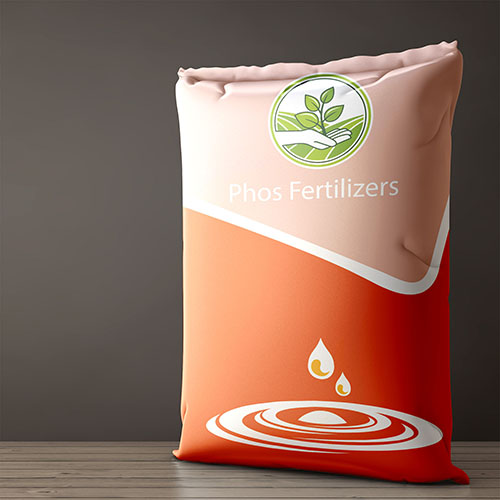Welcome to PhosFertilizers, we hope you will enjoy our products and have good experience
Triple Phosphate Fertilizer
Triple Phosphate Fertilizer

When choosing Triple Phosphate Fertilizer think about what you need it for. If you're looking for a lawn feed you'll need a high nitrogen (N) feed, if you want a bumper crop of chillies, tomatoes or aubergines, go for a high potassium (K) feed, like a tomato feed. If you're planting and want to aid root growth then add a generous helping of bonemeal to the planting hole, which has high levels of phosphorus (P). Think also of ease of application – granular or powdered Triple Phosphate Fertilizer is quick and simple to apply and usually needs only one or two applications in a growing season. Liquid or concentrated Triple Phosphate Fertilizer need diluting and watering on and tend to need more frequent application.Triple Phosphate Fertilizer (NPK) have, apart from the slightly higher price, many advantages. They are easy to use and rich in nutrients; they should be used where there is a specific lack of all the main nutrients. If that is not the case, you can also use binary Triple Phosphate Fertilizer or nitrate Triple Phosphate Fertilizer . These have only two (e.g. potassium and magnesium) or even just one essential nutrient (e.g. nitrogen) and are therefore often not as expensive as NPK Triple Phosphate Fertilizer .Think also about the desired effect and the speed with which you want the Triple Phosphate Fertilizer to feed your plants – liquid feeds tend to act immediately whereas pelleted Triple Phosphate Fertilizer take longer to release their nutrients. Consider also whether you want organic or inorganic feeds. Triple Phosphate Fertilizer can be artificially produced (inorganic or synthetic) or based on plant or animal products (organic). Inorganic Triple Phosphate Fertilizer tend to feed the plant in one application but offer no long-term benefits to the soil. Organic Triple Phosphate Fertilizer not only feed the plant but they feed the soil, too, contributing to its long-term health, helping to support long-term plant growth and wildlife.
